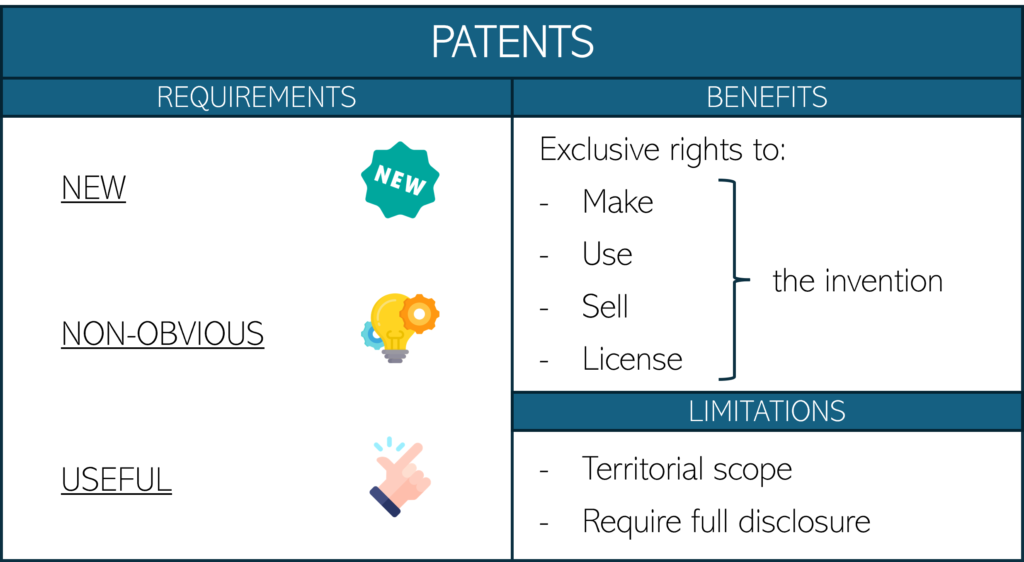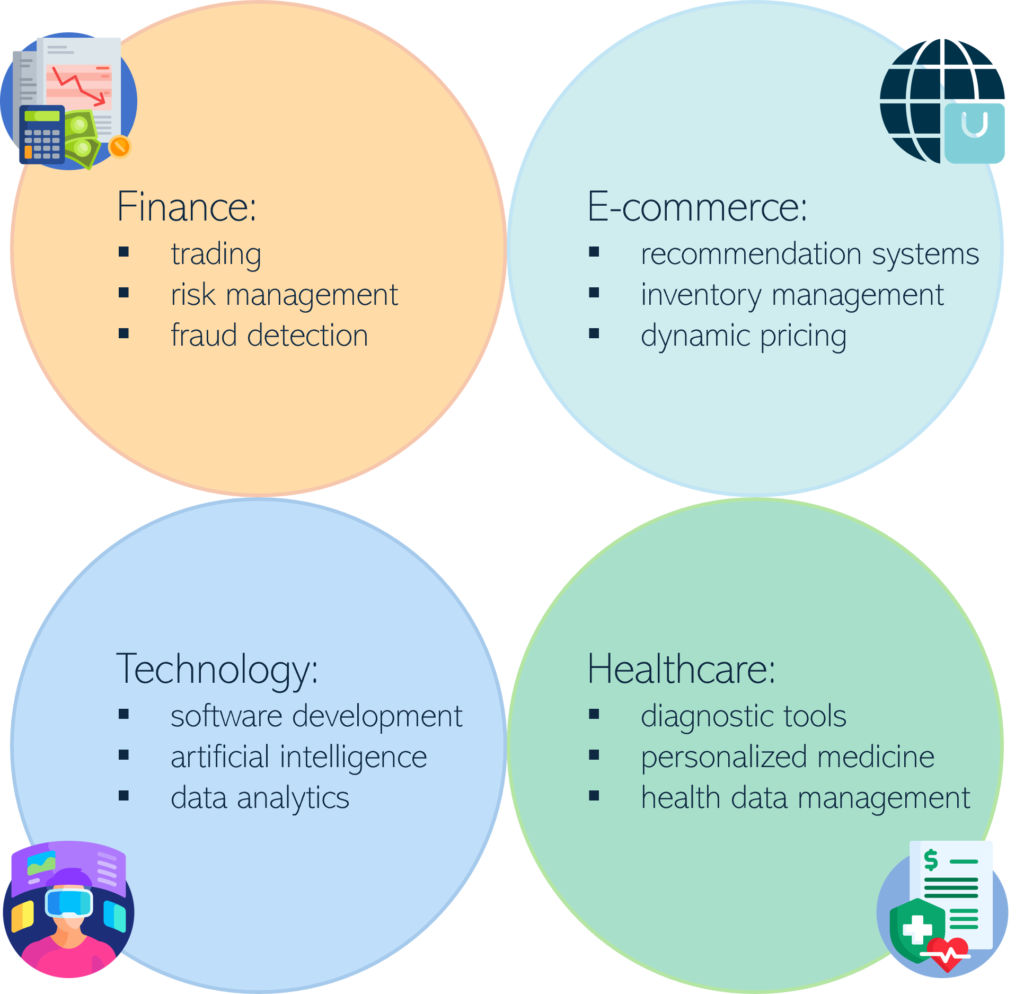In the digital age, algorithms are at the base of several technologies, from search engines and social media platforms to financial trading systems and healthcare diagnostics. These sets of rules and instructions, which enable computers to perform tasks and solve problems, have shown increasingly pivotal in driving innovation and economic growth. Given their critical role, the legal protection of algorithms has recently emerged as a significant area of concern, involving a complex interplay between intellectual property law, trade secrets, business strategy and regulatory considerations.
Intellectual Property Protection and Algorithms
Intellectual property (IP) law provides a framework to protect creations of the mind, offering legal rights to inventors, authors, and companies over their inventions and works. In the case of algorithms, the primary forms of IP protection that are usually applicable are patents and copyrights.
Patents
A patent is an intellectual property right granting the holder exclusive rights to an invention, typically for 20 years. It protects new, non-obvious, and useful inventions, which can include processes, machines, manufactures, compositions of matter, designs, and new plant varieties. The patent application process involves filing with a patent office, undergoing examination, and, if approved, securing exclusive rights to make, use, sell, and license the invention. Patents are territorial, offering protection only in the granting country, and require full public disclosure of the invention. While patents encourage innovation by providing legal protection, they can be costly to obtain and enforce.

Using patents to protect algorithms is highly controversial due to the abstract nature of algorithms and their foundational role in technology. Critics argue that patents on algorithms can stifle innovation by granting broad and overly powerful monopolies on fundamental building blocks of software development. The subjective nature of determining whether an algorithm is novel and non-obvious worsens the issue, often leading to inconsistent patent grants or legal disputes.
Additionally, the landmark Supreme Court case in the US Alice Corp. v. CLS Bank International (2014) highlighted the difficulty in distinguishing patentable inventions from unpatentable abstract ideas, creating uncertainty in the tech industry. Proponents, however, assert that patents provide necessary incentives for investment in research and development, ensuring that creators are rewarded for their innovations. This ongoing debate reflects the challenge of balancing the protection of intellectual property with the need to foster a competitive and dynamic technological landscape.
Copyright
Copyright is a form of intellectual property that grants creators of original works exclusive rights to their use and distribution, typically for the life of the author plus 70 years. It covers a broad range of works, including literary, musical, artistic, and certain other intellectual works, such as software code. Copyright protection is automatic upon the creation of a work in a tangible form, meaning formal registration is not necessary but can enhance legal protection. It provides creators the right to reproduce, distribute, perform, display, and create derivative works based on their original creation. However, copyright does not protect ideas, methods, or facts, only the specific expression of those ideas. This encourages creativity and innovation by ensuring that creators can benefit economically from their work while also eventually contributing to the public domain.
Using copyrights to protect algorithms is controversial because while copyright law covers the specific expression of code, it does not extend to the underlying ideas, methods, or functional aspects of algorithms. This distinction often leads to debates about the adequacy of copyright in safeguarding the intellectual investment in algorithms.
Critics argue that copyright protection is too limited, as it does not prevent reverse engineering or independent creation of the same algorithm. Additionally, the boundaries between idea and expression can be dim in software, leading to legal ambiguities and challenges in enforcement. On the other hand, proponents claim that copyright offers a practical and accessible means of protecting software, as it is automatically conferred upon creation and does not require the rigorous standards of patent law. This tension highlights the broader struggle within intellectual property law to keep pace with technological advancements and adequately protect software innovations without stifling competition and creativity.
The Use of Trade Secrets
Given the limitations of patents and copyrights, many companies rely on trade secret protection for their algorithms. Trade secrets are generally defined as any confidential business information that provides a competitive edge. To qualify as a trade secret, most jurisdictions consider that the information must be commercially valuable, known only to a limited group of people, and subject to reasonable steps to keep it secret.
The advantage of trade secret protection is its potentially indefinite duration, as long as the secret is maintained. High-profile examples, such as Google’s search algorithm, illustrate how companies leverage trade secret protection to safeguard their competitive advantage. However, trade secrets offer no protection against reverse engineering or independent discovery. Once a trade secret is publicly disclosed, whether through a security breach or other means, its protection is lost.
To protect algorithms through trade secrets, a company must implement rigorous procedures to maintain their confidentiality and safeguard their competitive advantage. This begins with identifying and classifying the algorithms as trade secrets and ensuring that access to these secrets is restricted to authorized personnel only. Companies should establish strict access controls, such as secure databases, encrypted communications, and robust authentication protocols. Non-disclosure agreements (NDAs) should be employed with employees, contractors, and partners to legally bind them to confidentiality. Regular training sessions can help employees understand the importance of maintaining secrecy and the potential consequences of breaches. Additionally, the company must monitor and audit access to sensitive information to detect and respond to any unauthorized attempts to obtain the trade secrets. By maintaining these comprehensive protective measures, companies can effectively shield their algorithms from public disclosure and competitive exploitation.

Algorithms Protection in Different Business Sectors
Business sectors that should prioritize algorithm protection include technology, finance, healthcare, and e-commerce due to the critical role algorithms play in their operations and competitive advantage.

In the technology sector, algorithms drive innovations in software development, artificial intelligence, and data analytics, making protection vital to maintaining market leadership. The finance sector relies on sophisticated algorithms for trading, risk management, and fraud detection, where confidentiality is key to preventing market manipulation and maintaining trust. Healthcare benefits from algorithms in diagnostic tools, personalized medicine, and health data management, necessitating protection to safeguard patient data and proprietary methodologies. E-commerce platforms depend on algorithms for recommendation systems, inventory management, and dynamic pricing, where protection ensures competitive differentiation and operational efficiency. These sectors are heavily reliant on the strategic use of algorithms and should implement robust protection measures to secure their intellectual assets and sustain their market positions.


